I enjoyed my recent first post on Berkeley’s Painted Ladies, as did my vast (ha!) reading public. Refresher: “painted ladies” refers to multi-colored decoration that embellishes or enhances architectural details on Victorian (a loose term) houses.
This week I again feature some great polychrome decoration, but I also include a number of Berkeley houses that lack elaborate color schemes but nevertheless demonstrate architectural details.
The house at 1515 Ashby that I start with is one with bright colors. It was built in 1895. It is unlikely that the original colors were anything at all like what we see today.
In July 2009 this is what the house looked like:
Unblocked, a simple color scheme.
In January 2015 the scaffolding was up:
Today: Many colors, mature plantings.
We had a hard time shooting this house. The trees didn’t help. Perhaps these photos of details will help:
This photo evokes for me the F.A.O, Schwartz abacus that I had for sixth grade math.
You can see the abacus at the right of this photo of me in my room in my family’s house in Bryn Mawr. I was 20. Yes, I used Hawaiian Punch cans as decoration. I still have the abacus.
A member of Quirky Berkeley royalty has been urging me to post on cool house number signs. This would be a great start, no? I think it’s a good idea. Must implement.
Daniella Thompson of BAHA has written about the Church of the Good Shepherd. Her article is, as always, meticulously researched and clearly written.
The Church at 10th and Hearst, a corner favored by cornereros hoping for day labor, was built in 1878. Charles Bugbee was the architect. The style is Carpenter Gothic, and the church was patterned after the Mendocino Presbyterian Church which Bugbee and his father designed in 1867. “Carpenter Gothic” suggests the application of Gothic Revival architectural detailing to wooden structures built by house-carpenters.
It is the oldest church in Berkeley. A few more photos:
We shot a couple other houses near the church, feeling righteous about walking a few blocks.
In July 2009 it was much blander:
By April 2011 the colors had arrived. It is, I am told, a High-Peaked Colonial Revival house. Daniella Thompson featured it in a six-part 2005 survey of this style:
And –
And –
Lovely.
The owners of 1378 Virginia, built in 1878, value their privacy. Trees and hedges make it tough to see what is going on, but an intrepid and persistent photographer can show us what we might not see ourselves:
Speaking of privacy, the trees and ferns and shrubs around 1330 Albina create shade, a sense of lushness, and privacy.
Daniella Thompson has written about the house, known as the Lueders house. She included this historical photo:
The clearest shot we got of the house was from the west on Acton Street:
Thompson writes that the architecture combines Queen Anne styling with Stick detail. Stick was transitional between the Carpenter Gothic style and the Queen Anne Style of the 1890s. The name comes from the use of linear overlay board strips (sticks) on the outside walls to mimic an exposed timbered frame.
The house at 1411 Walnut, just north of Vine, gets us back into the color business.
The mailboxes at 1411 Walnut rock oh so quirky. I will add them to the mailbox posts but won’t make you go there to see them.
Oh my goodness. Trucks!
Tangent: I write about slang. I provided the slang that Alexandra Day used in her wonderful wonderful Frank and Earnest on the Road. When my slang library was only a glimmer in my eye, I dreamed of having a library like Frank and Earnest. Trucking is special for me because my earliest expose to slang in a book was a children’s book about trucks that was passed down to me from my brother Ric. And so – I love this truck.
That, my friends, is one helluva fish mailbox, a welcome addition to this post.
The house on Walnut abuts 2155 Vine, famous for the alien and flying saucer in the front yard. Both houses are owned and were rehabbed by George McNeil and Joanna Salska McNeil. Here are a few more shots from 2155 Vine:
I have visited the McNeils several times and had never noticed this hand near the driveway:
It is on the fast track for addition to my existing post on body parts.
Also new in the front yard is this crude (in the best sense of the word) model of a ferry. I believe in ferries.
I briefly thought that I was the most clever person in the world and that I had made up “I believe in ferries.”
Nope. Sorry, Tom.
As Mike Slavko, known as M. Dung and Dung Boy, would say on KFOG – “Not that way.” I just learned that he died in 2017. He died young – 59. He spoke to me.
I remember an interview he had with pitcher Mike Krukow and his catcher Bob Brenly (the pride of Coshocton, Ohio) in 1984. They likened their relationship and ability to communicate without communicating to “Embryonic Journey” on Surrealistic Pillow by the Jefferson Airplane. That just plain floored me. Rest in Peace Dung Boy.
While on Vine Street, we hiked (ha!) a few houses east and shot these of 2163 Vine:
Another block east to 2213 Vine and a great tower:
Speaking of blue….
The history of the Moran-Wright House is murky, as shown by Daniella Thompson in a BAHA article about the house. I have tried probably a dozen times to talk to someone in the house about it’s present, but have failed. I was hoping for a post dedicated to the house but don’t have the back story, so here it is as a glorious Victorian in several shades of blue.
If the architecture were not enough, the many of the house’s windows display blue bottles.
The late Jerry Sulliger wrote a great article for BAHA on the Montealegre House at 2601 Dana. He described it as “one of the best examples in Berkeley of this Victorian-era style based on 16th-century Italian architecture (note the pedimented gable over the arched entry).”
Two blocks north is 2400 Dana, built in 1895. The paint colors are understated, but the house is not without flourishes:
Another affirmation of the pattern seen in this post of where there’s one there is usually more than one is found on the 1300 block of Addison, in yellow and gray.
In January, 2015, the house looked like this:
The yellow and gold came that year.
How about that gold gilt! Another time I might investigate words that shift from ending in a “t” to ending in a “d” as in gilt and gilding. Not now.
A tad to the east:
At the risk of sounding like a wet blanket – what a spectacular house and paint job but does the house not cry out to the heavens for a nicer fence?
In June 2016 the paint scheme and fence were quite different:
Zillow also shows the earlier look:
The shades of gray came in 2016.
A few details?
We had struggled all day with bright sun and power lines obstructing shots and trees obstructing views and Halloween decorations. Add to that list construction clutter but this railing was just too wonderful to leave out, clutter and all.
The Taylor House at 2223 Grant Street was built in about 1895 by a harness-maker named Taylor. It was moved from University Avenue to Grant Street in 1977.
The final house in today’s post poses an interesting philosophical question about destroying in order to save.
The Edward F. Niehaus residence at 839 Channing Way, described well by Daniella Thompson, was built in 1889. It is a two-story Eastlake Victorian with a three-story tower. Niehaus and his brother Ernest owned the West Berkeley Planing Mill, which made and sold ““mouldings, brackets, frames, doors, sash, blinds, scroll sawing, turning, etc.” They put them to good use here.
Here is the mansion:
In the relatively recent past, a new owner built apartments on every available square foot of the lot, presumably to be able to save the mansion. Here are the apartments that surround the mansion:
I suppose that the destruction of beauty was worth the preservation of beauty, but it’s not an easy question.
I showed the draft post to my friend.
“This is a balm for me. I’ve been obsessing about the midterms and thinking about the term reality distortion field.
“I was planning on watching “The Menagerie” episodes from Stark Trek the original series which as every schoolboy knows is where the term came from. I think that this is a better idea. Sometimes it is good just to look at beauty. I had never really thought about Victorians, but I look at these and think about what a fun long project fixing one up could be.
“I don’t really dig on the authentic Victorian interior look, but the painting and rehabbing of the exterior, that could be big fun.”
Yes, a big project, I get it. But – what I really wanted to know was what does he think of this the second post about our painted ladies?





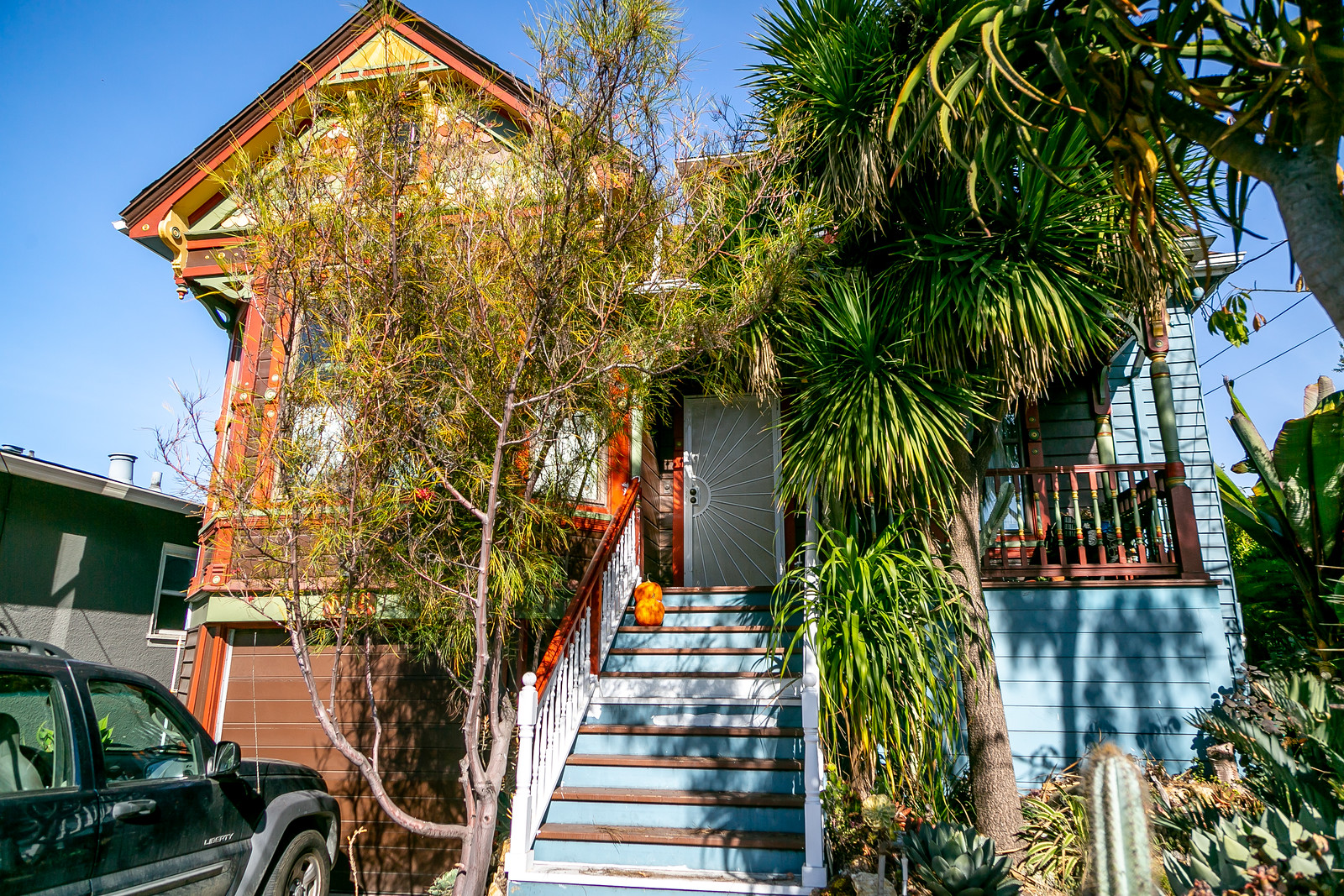










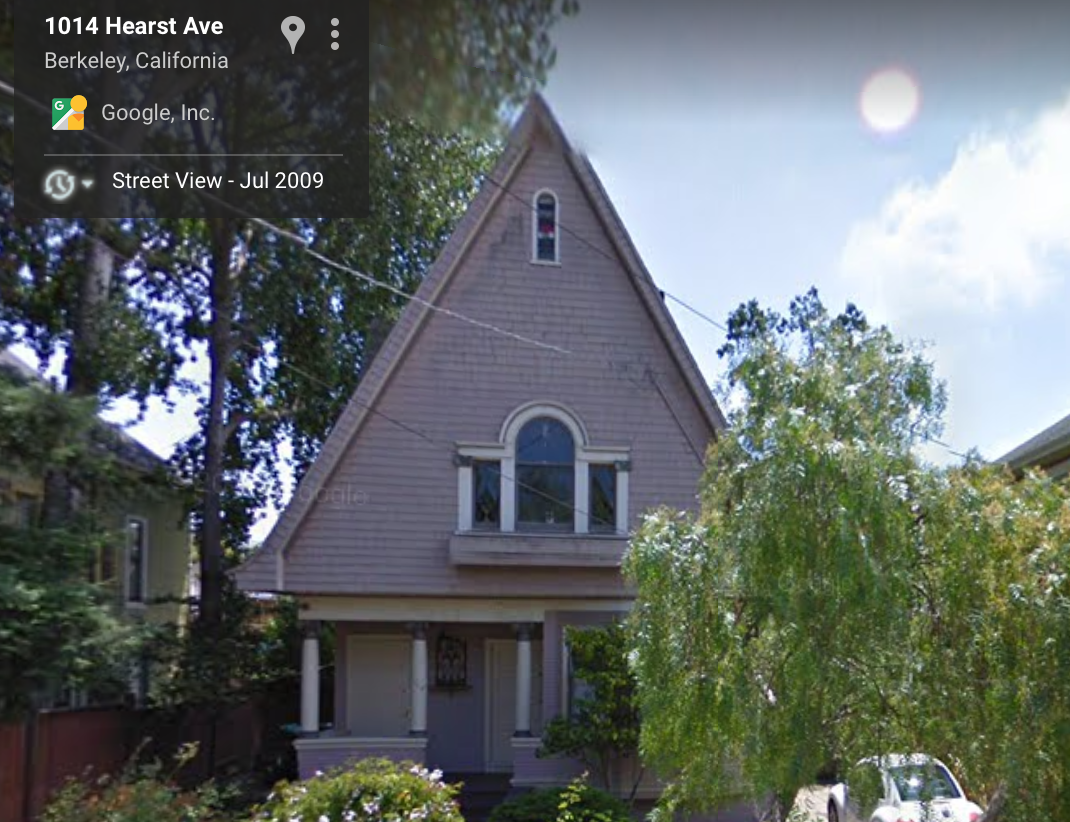











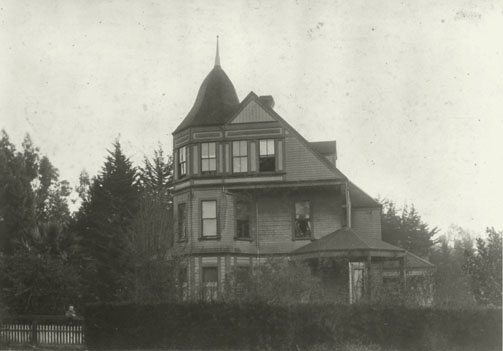












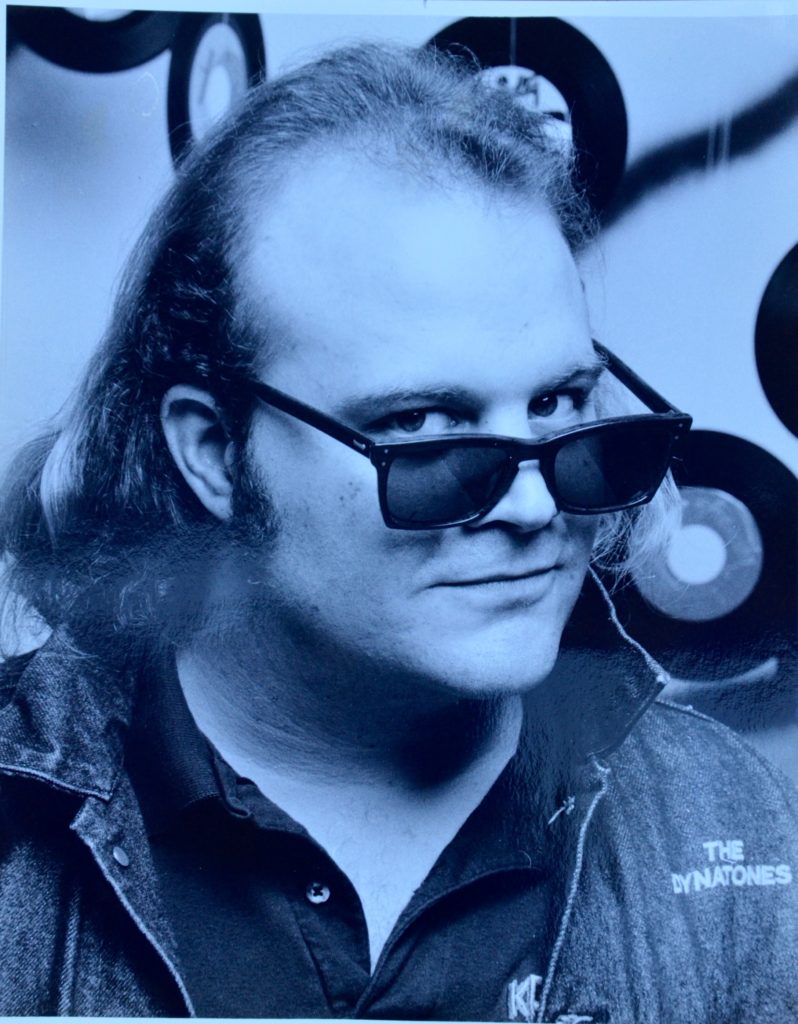

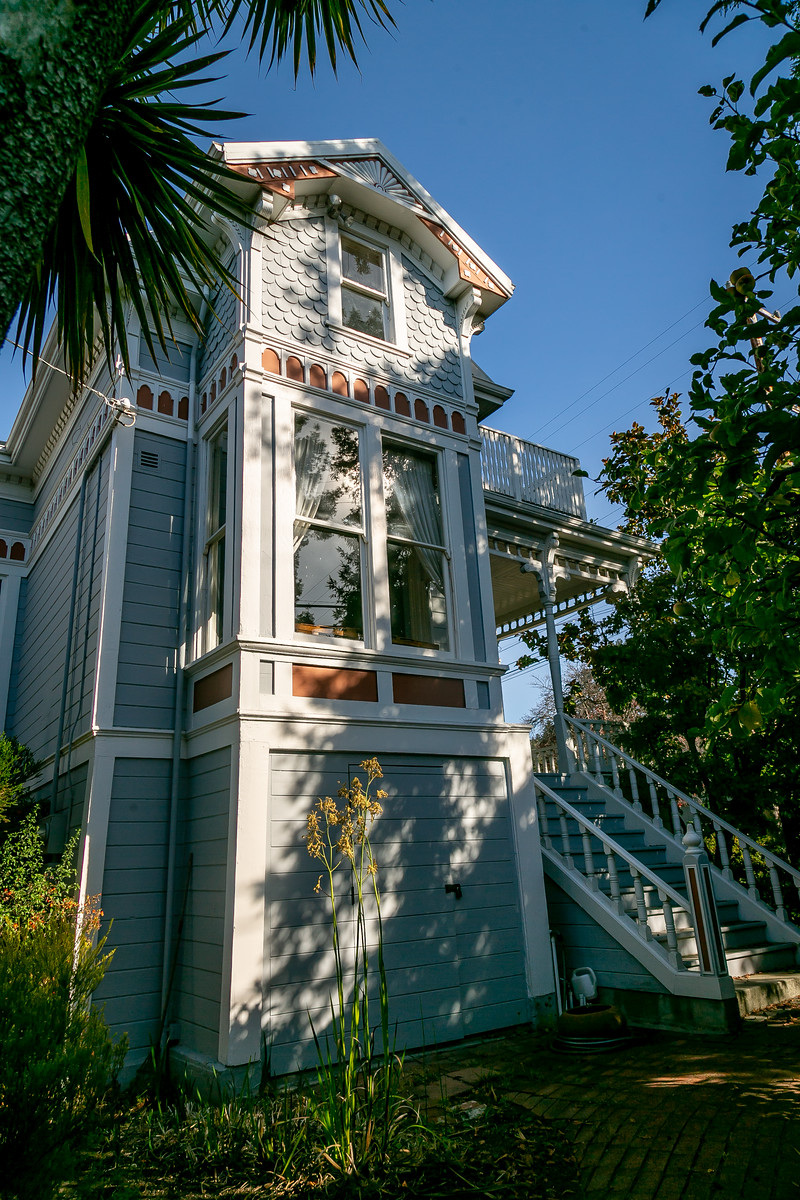


















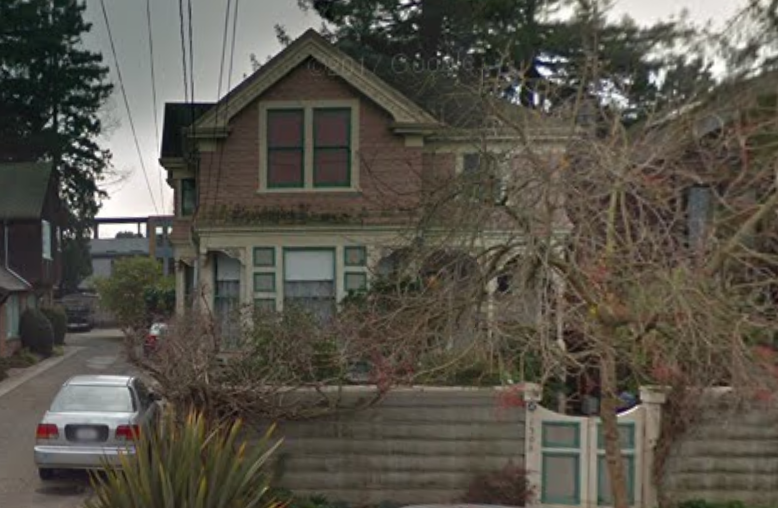





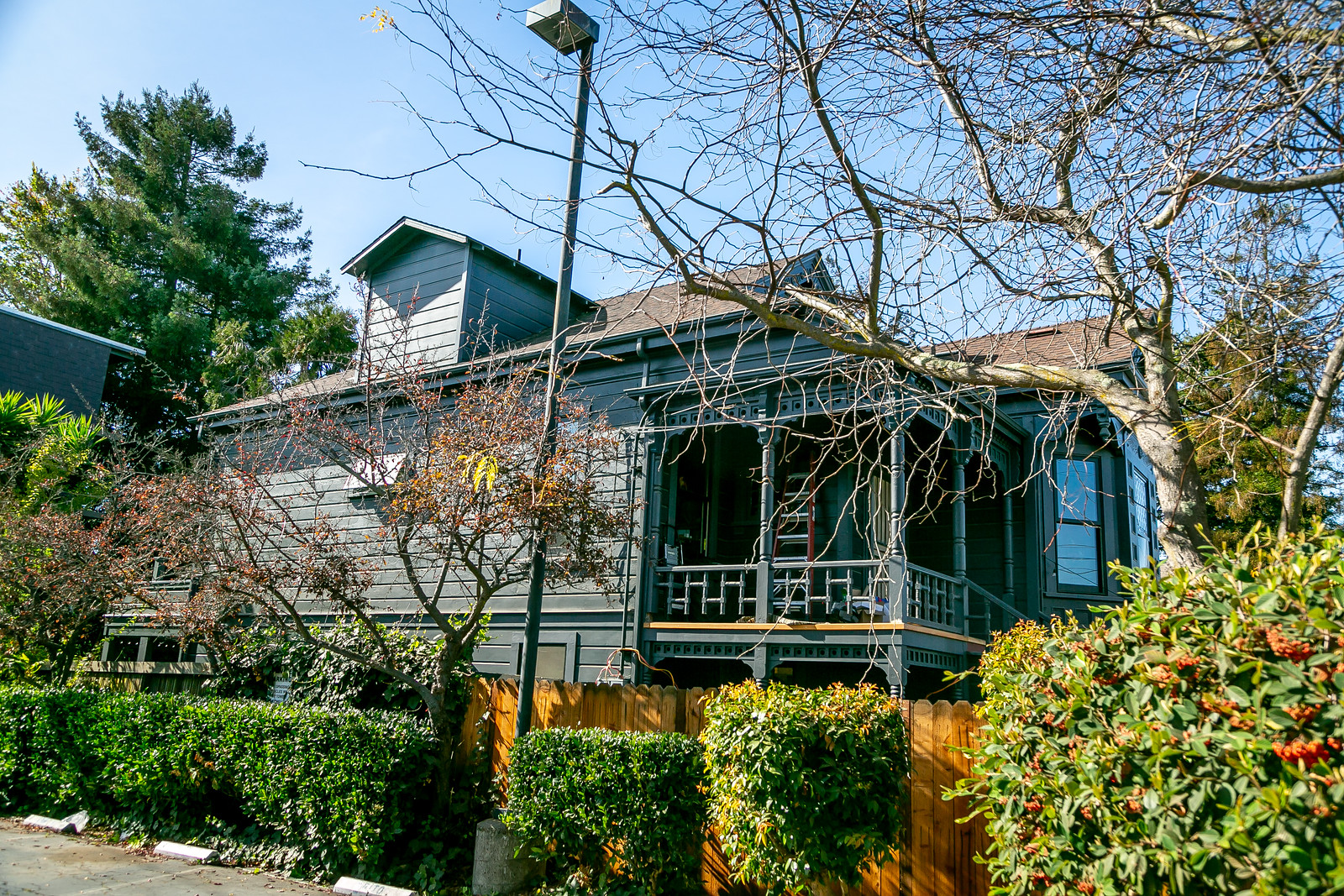





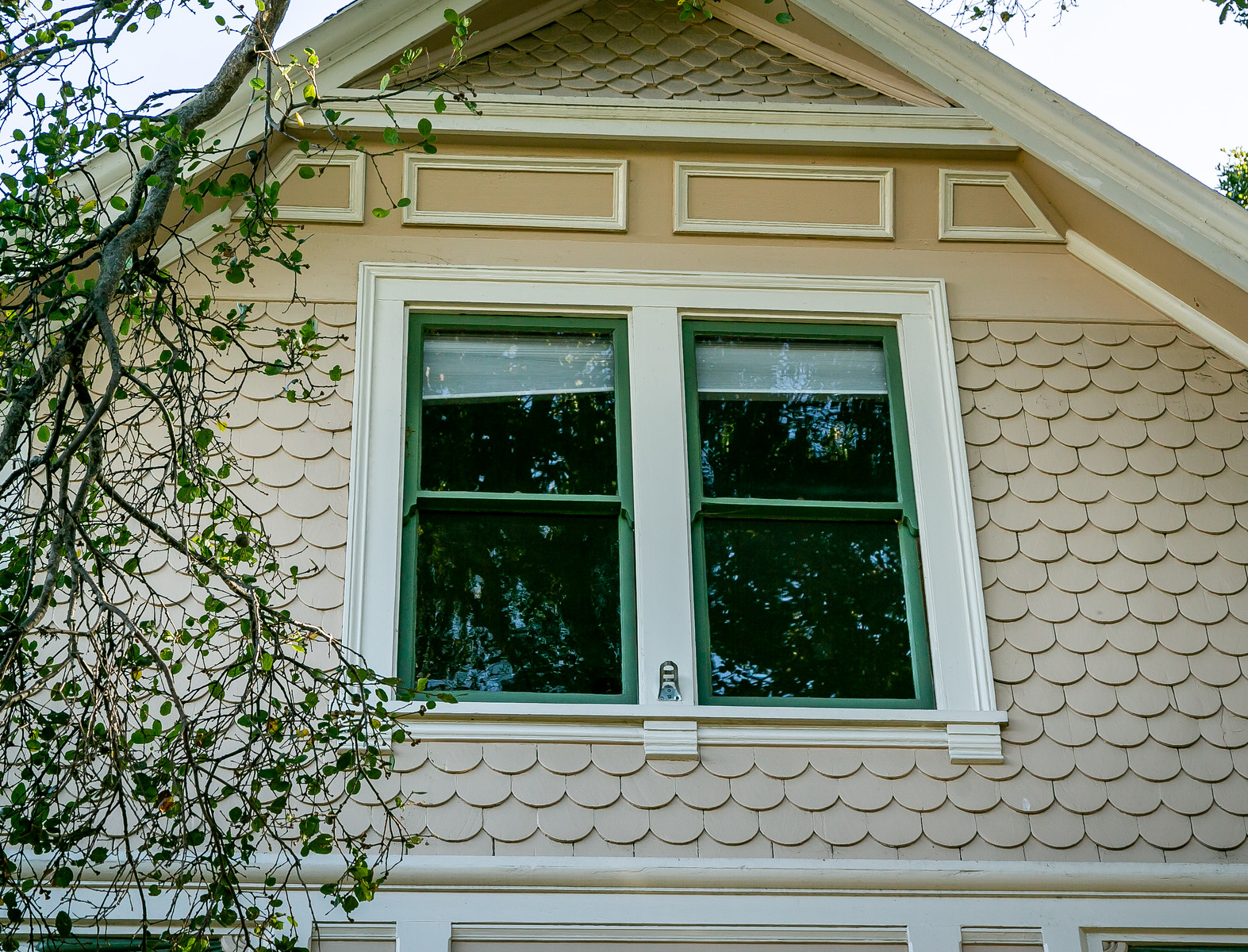








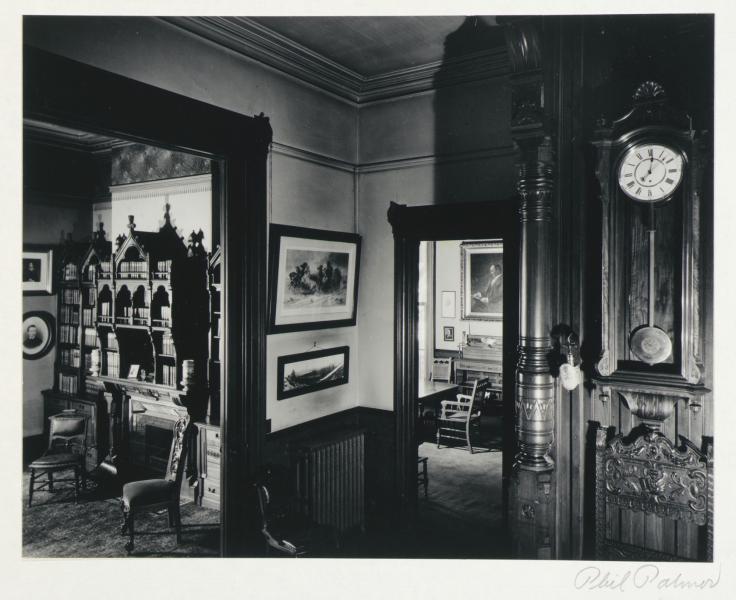

Beauteous stuff, and that coming from an old professional house painter, MB. Ironically, or not, the great thing about too much money infesting the Bay Area, is that these wonderful old HOMES can be repaired, elaborately painted, and saved, and loved. When walking throughout the neighborhoods of Berkeley they are the frosting on the cake, the diamonds in the coal mine. Bravo, Tom! MB
Well said Mark, from one old house painter to another. Beautiful old houses in Berekely! I never knew!
The top of the steeple of Good Shepherd Church, at 80′, is 8′ higher than the rim of Harvard Stadium ..